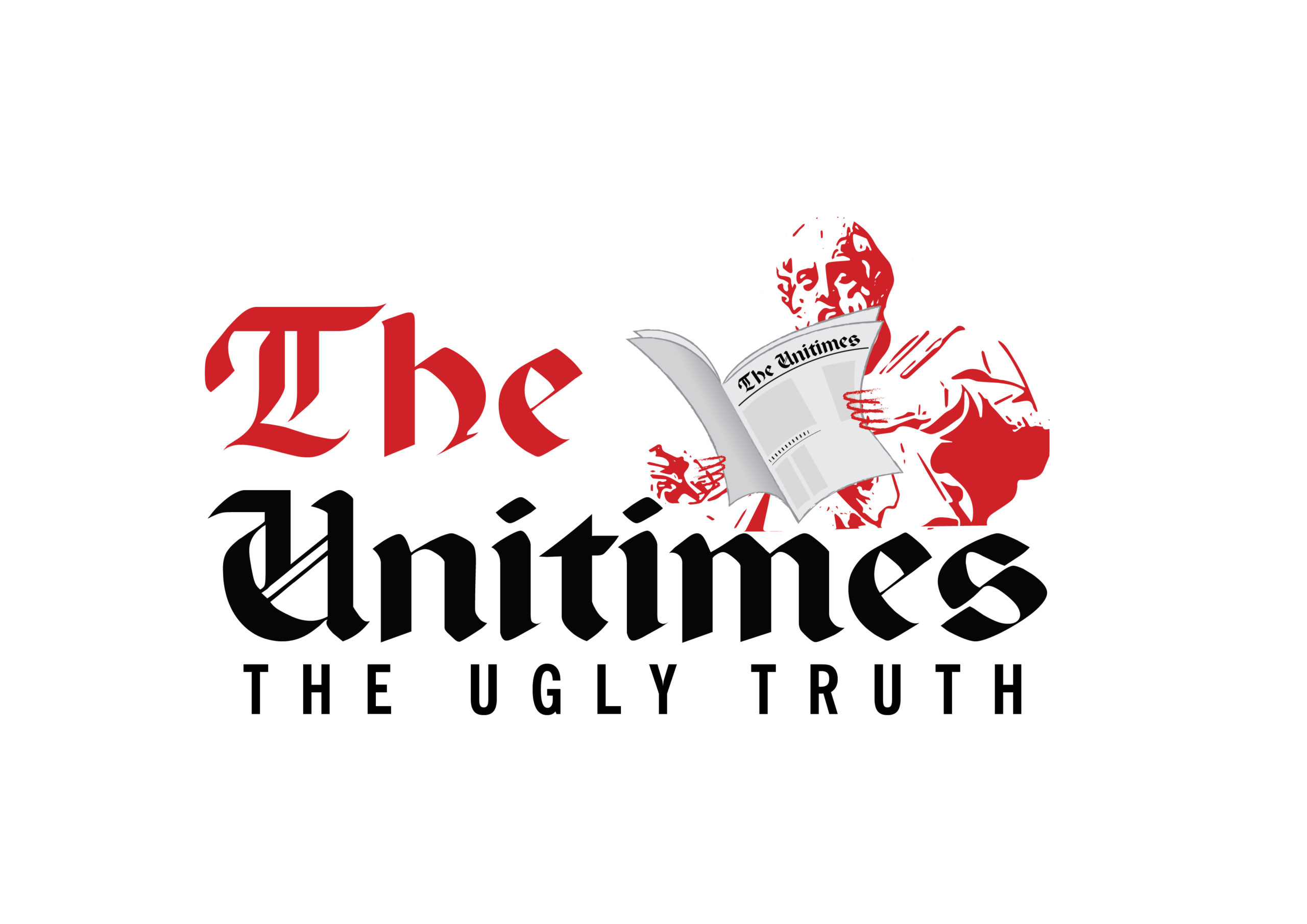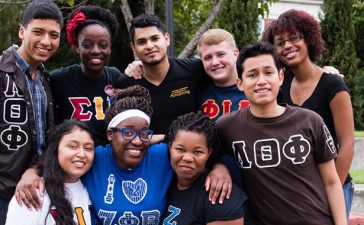The internationalisation of Japan’s higher education has been dealt a blow as the coronavirus pandemic has disrupted universities and colleges. Hardest hit are the Japanese language schools that depend on foreign students.
This will affect foreign student applications at universities, likely to see a significant downturn as a high number of foreign students usually apply to universities after completing the language courses.
Travel bans are in place for nationals from China, Vietnam and South Korea, the countries of origin for more than 70% of students studying Japanese.
Japanese-language schools have mushroomed in recent years to around 800, according to Yasushi Takayama, spokesperson for the Association for the Promotion of Japanese Language Education. The schools are bracing for high debt and even bankruptcy.
Takayama says the entry ban has affected all language schools and some language schools are not ready to teach online. The association has approached the government, politicians and the education ministry requesting financial aid in the face of “crippling financial losses”.
Sendagaya Japanese College in Tokyo was scheduled to enrol 396 new Chinese students who are waiting for their visas. The school has started online courses and is also considering returning tuition fees, measures that are financially crippling.
Yuriko Sato, associate professor at Tokyo Institute of Technology, envisages a tough situation that could linger for many years. “COVID-19 is a unique threat to Japan’s internationalisation plans. Universities and language schools in particular that have large numbers of foreign student are badly impacted.”
While it was still hard to foresee the future, “If the situation continues, we may see the government rethinking acceptance of foreign language students,” she told University World News.
Experts point out a major attraction for foreign student to study in Japan is finding jobs after graduation, and the language schools are an important feeder of foreign students into Japan’s universities. Japan Student Services Organization (JASSO) statistics indicate 40% of four-year graduates found employment in the country in 2019, an increase of 38% from the previous year.
Difficult circumstances
The government declared a nation-wide emergency on 6 April, delaying the physical start of universities and colleges for a month and closing language schools. This has affected students already enrolled in language schools, leaving them stranded without classes and without the jobs that helped support them.
According to the Ministry of Health, Labour and Welfare, in 2018 some 90% of foreign students worked part-time.
Local media reported that foreign students who graduated from language schools in March were falling into difficult circumstances after the coronavirus crisis. Flight cancellations prevented them from returning home.
While teaching has started online, local media report that foreign students who have lost their jobs cannot afford to pay for internet access and may not have a place to live. More than 80% of registered foreign students with some Japanese language proficiency have part-time jobs in manufacturing, restaurants, elderly care and construction.
Foreign students are officially allowed to work 28 hours per week under their student visa conditions. But only if enrolled in school.
“Many of these students come to Japan to study and earn. They have borrowed money and therefore grapple with debt at home,” explained Sato, adding that “leaving Japan is not easy”.
At the end of February, the Immigration Services Agency of Japan decided to allow foreign nationals whose student visas were approaching expiry to exchange them for short-term stay visas to legalise their status. But this does not allow them to work.
JASSO figures on foreign students
In May 2019, around 83,800 foreign students were enrolled in Japanese language schools according to JASSO. Chinese students comprised almost 40%, followed by Vietnamese at 33% and South Koreans at 3%.
Attracting foreign students is part of Japan’s internationalisation of higher education, set at a target of 300,000 under the 2003 official policy of contributing to innovation and productivity in Japan. That target was reached with 312,214 foreign students registered in May 2019, according to JASSO.
Foreign students studying the Japanese language comprised 120,000 of this number in 2018. But since then the numbers have fallen to 83,381 in May 2019 after stricter checks led to tightening of acceptances in the wake of criticism of miscues by companies and various scams – such as students registering in the schools but not showing up.
“The coronavirus has only contributed to the decline, making the slide faster,” said Sato, pointing to the strong link between Japan’s employment needs and the internationalisation of education.
Universities affected
Apart from language students, universities hosting international students are also struggling.
Ritsumeikan Asia Pacific University (APU) with foreign students from 90 countries, representing around half of the total 6,000 students enrolled, is one of the hardest hit universities.
“It’s really a tough climate. No one in the academia was prepared for this worst-case scenario,” said Professor Yuichi Kondo, dean of admissions at Ritsumeikan Asia Pacific University, based in Beppu, Oita.
Around half of the enrolled APU students cannot return and are participating in classes online offered by the university for the first quarter of the year. Yet Kondo says COVID-19 has dealt a blow to the university’s overall functions and to new admissions.
He said the university is bracing for lower applications from abroad this year, a situation that could linger for five years.
Some universities, such as Kochi University, a national institution located on Shikoku Island, have stopped accepting foreign students and instructed enrolled students not to return till further notice.
The university has students from China, South Korea and the Czech Republic who comprise about 2% of the total student population.
In response to pressure from higher education institutions, the education ministry this month issued a directive allowing later admissions for foreign students, and promising scholarships.
Futao Huang, professor at the Research Institute for Higher Education, Hiroshima University, said in an email that public subsidies must be made available to universities in case of fee refunds which students have been demanding.
Lack of government guidance
APU’s Academic Office Deputy Director, Yoshiki Osawa, refers to a lack of guidelines and instructions to universities from the education ministry. A case in point, he said is the lack of official documentation to guide universities forced to expand online teaching.
Japanese teaching is heavily dependent on face-to-face instructions and the change has raised such issues as copyright infringement in materials used, internet access equity and conducting fair examinations.




-364x225.jpg)

